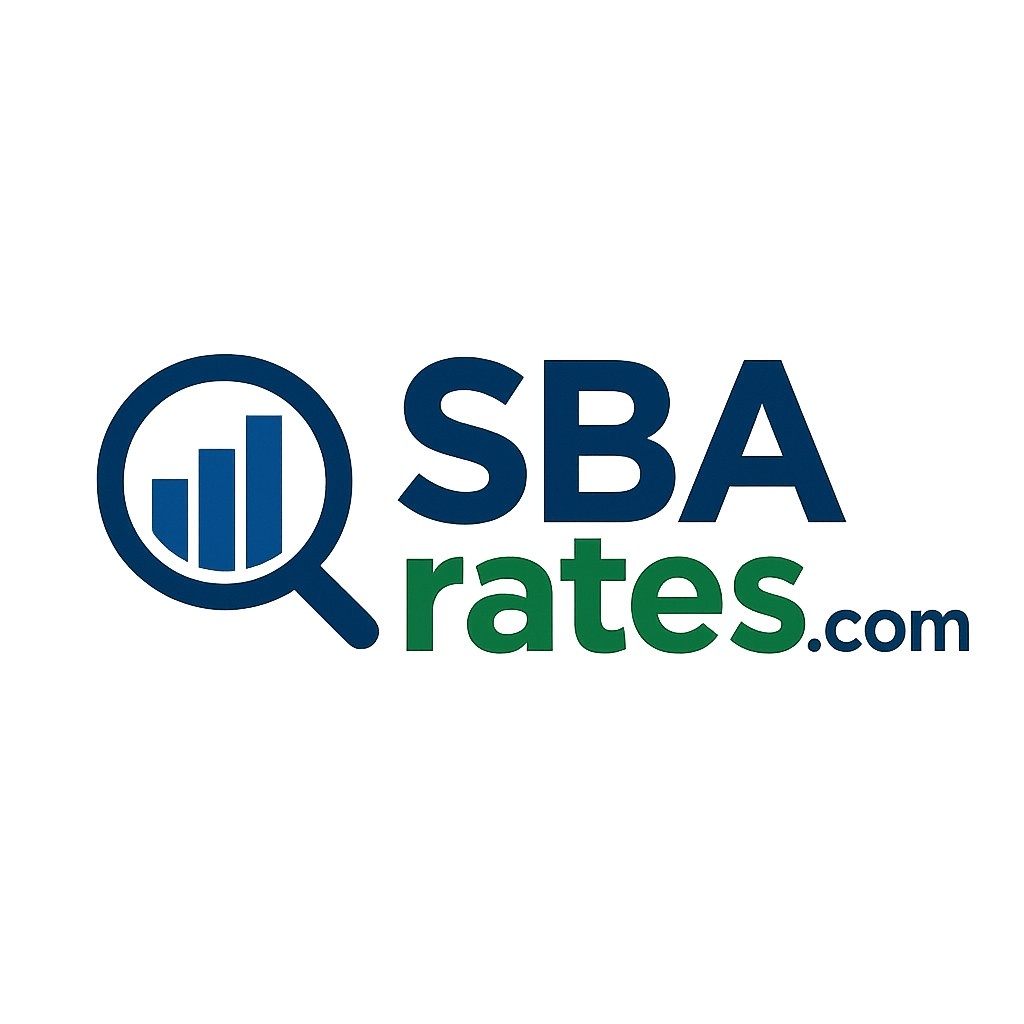Fine Arts Schools
611610
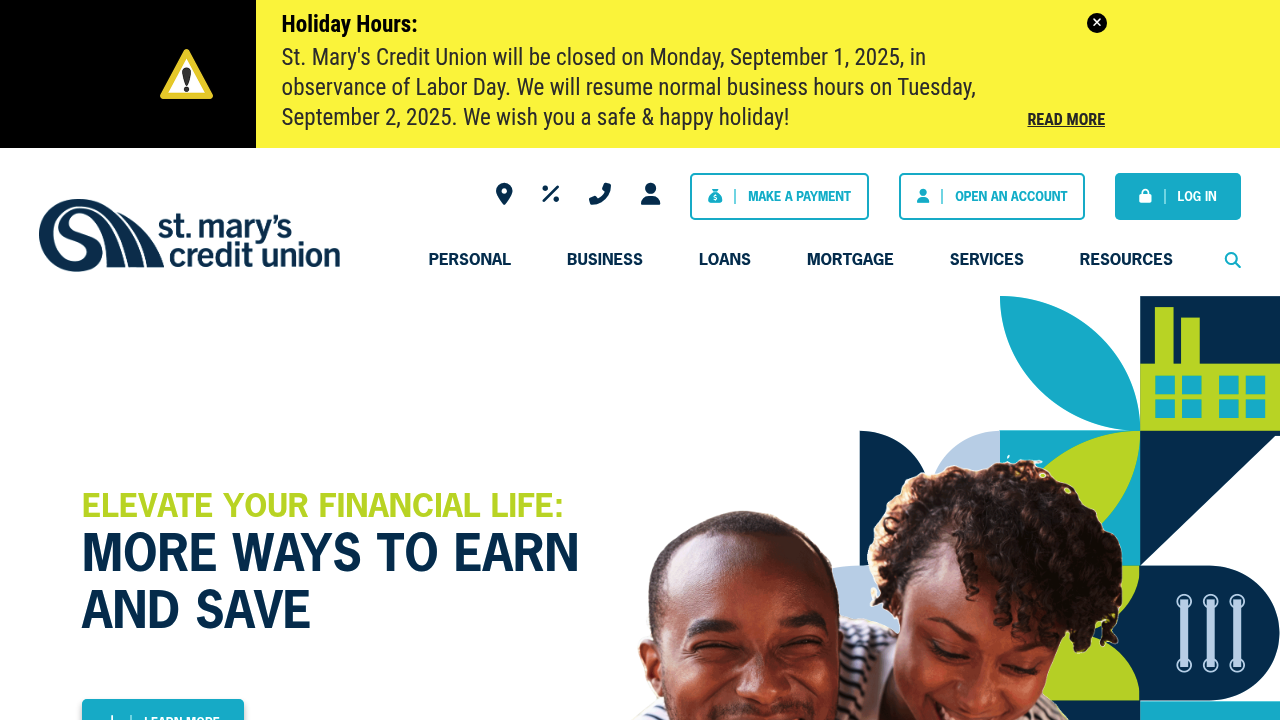
 St. Mary's CU (MA)
St. Mary's CU (MA)
Over 100 years of local and trusted banking products and services for our community.
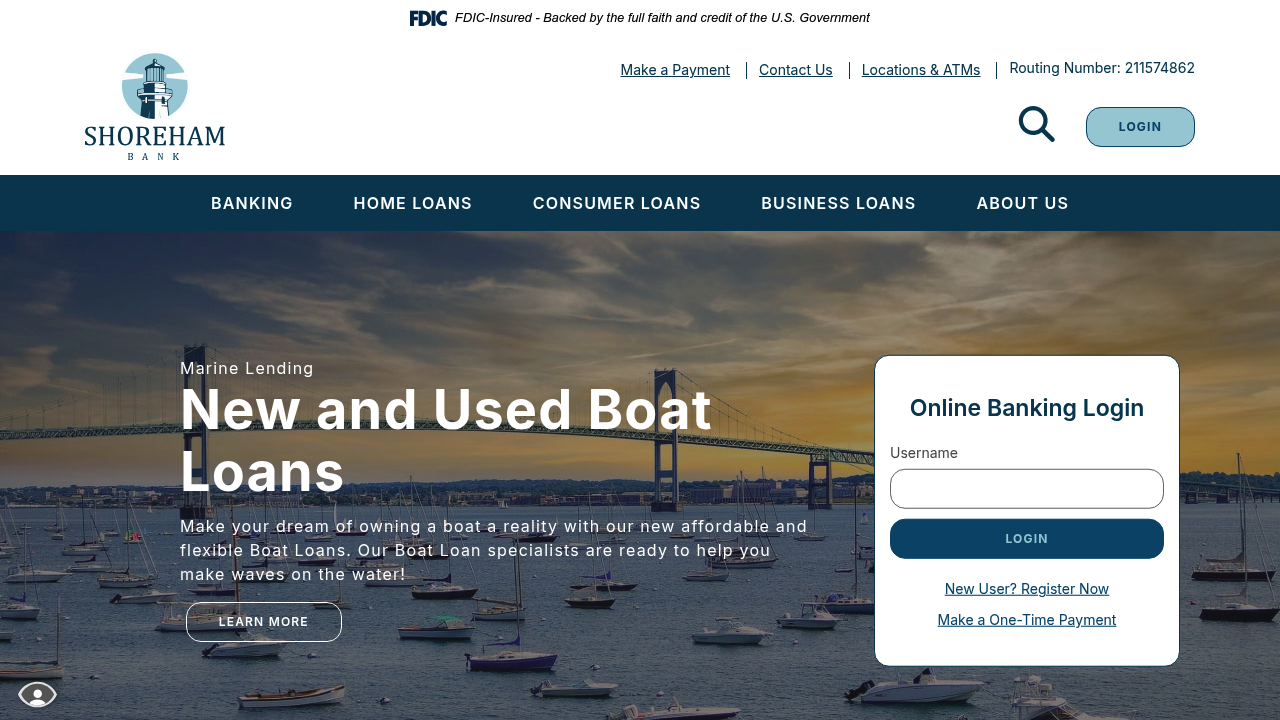
Shoreham Bank (RI)
Shoreham Bank offers Retail Banking, Mortgages, Home Equity Loans, Auto Loans, and much more. Providing our customers with convenience and reliable service since 1959.

 Salem Five Cents Savings Bank (MA)
Salem Five Cents Savings Bank (MA)
Salem Five Bank provides full-service financial services for the Greater Boston area, including banking, mortgage lending, loans, insurance and investments.

 Peoples Bank (OH)
Peoples Bank (OH)
Peoples Bank is a Small Business Administration Preferred Lender with 30 years SBA Lending Experience. Small Business Loans tailored for you.
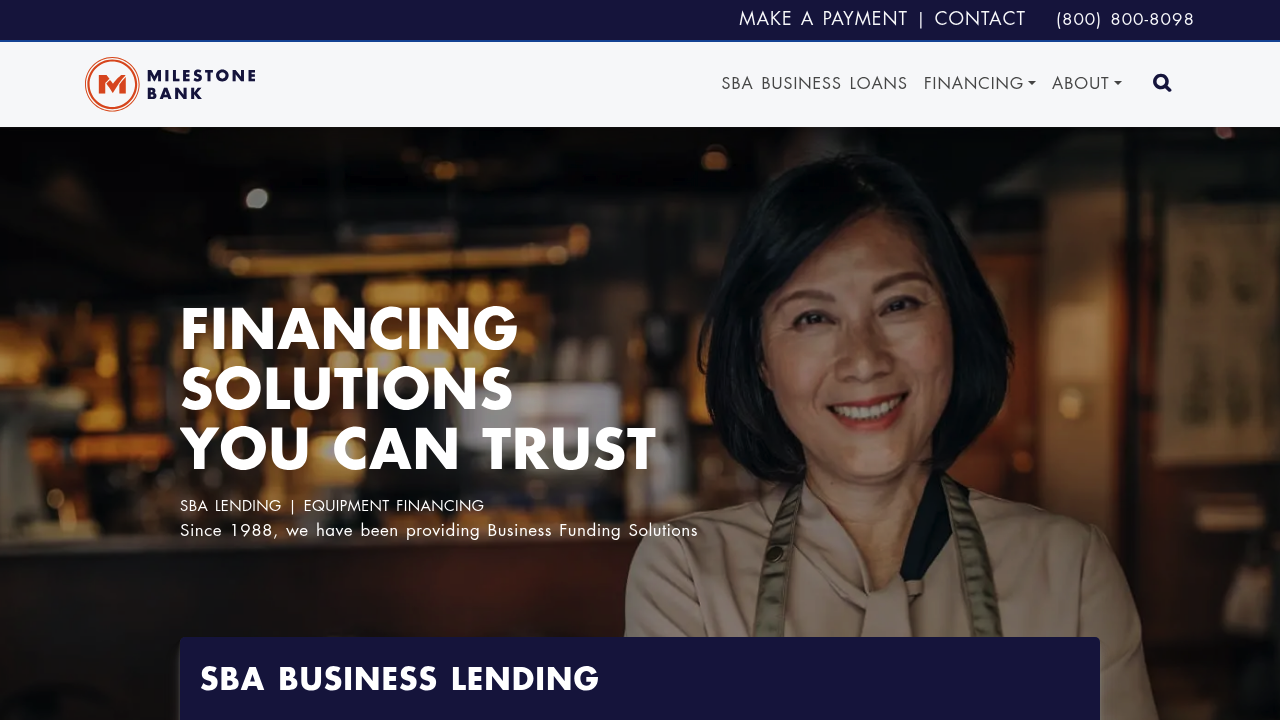
 Milestone Bank (UT)
Milestone Bank (UT)
Are you looking to purchase new equipment for your business or working capital then maybe you should consider getting equipment funding from Milestone Bank. We offer Same Day Approval and Next Day Funding on most equipment leases up to $250,000.
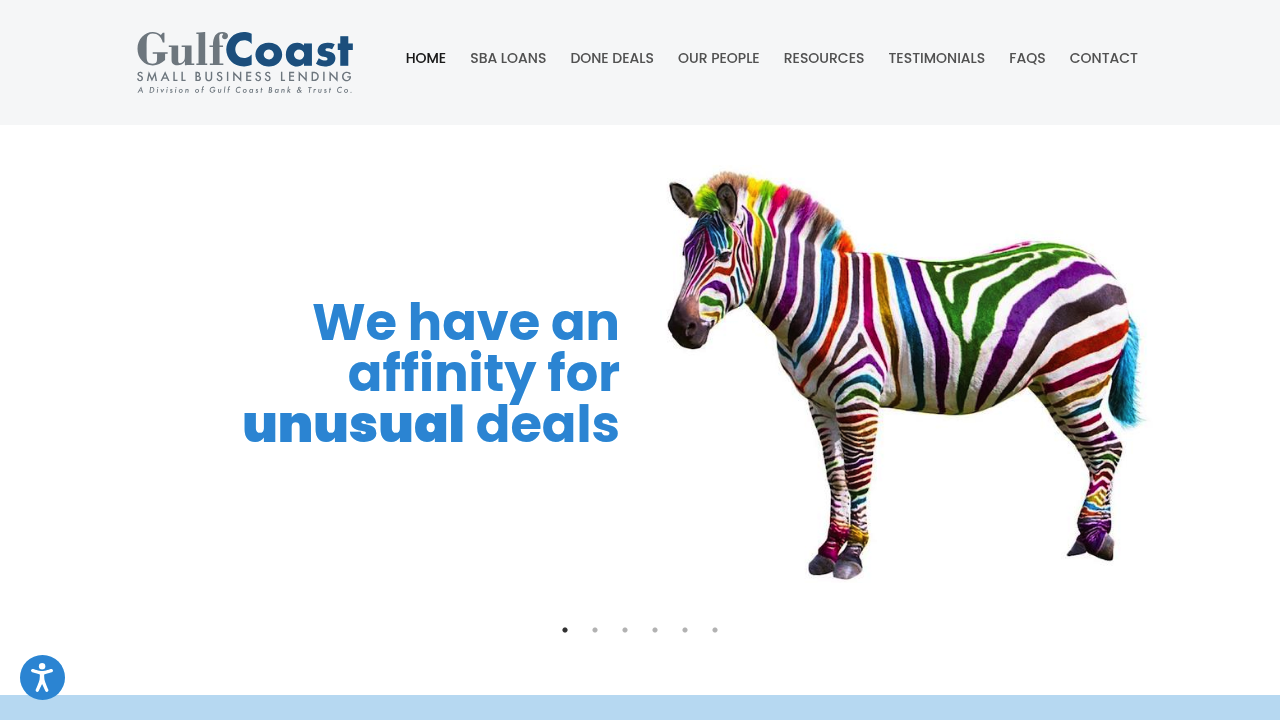
 Gulf Coast Bank and Trust Company (LA)
Gulf Coast Bank and Trust Company (LA)
Gulf Coast Small Business Lending is a national USDA and SBA Preferred Lender. Learn about our SBA loans and contact us about your small business loan today!
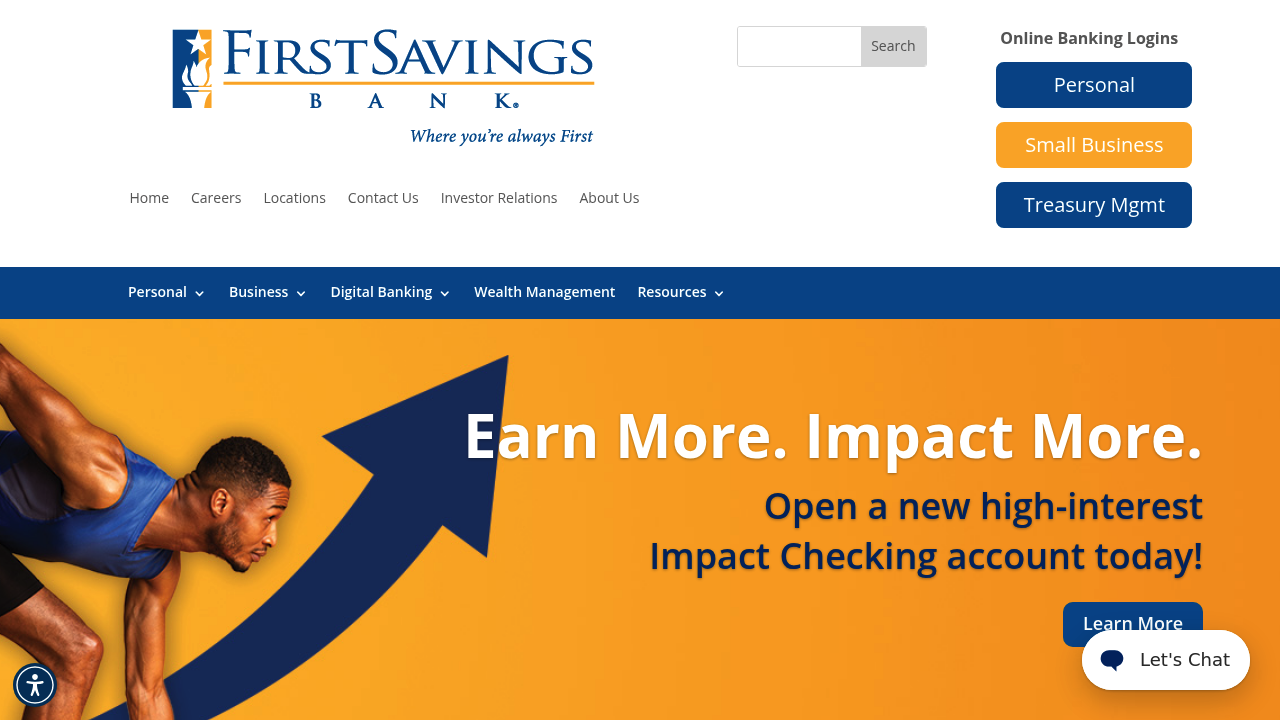
First Savings Bank (IN)
Discover First Savings Bank in Indiana, a leading financial institution that offers personal accounts, business accounts, lending solutions and top-notch digital services.
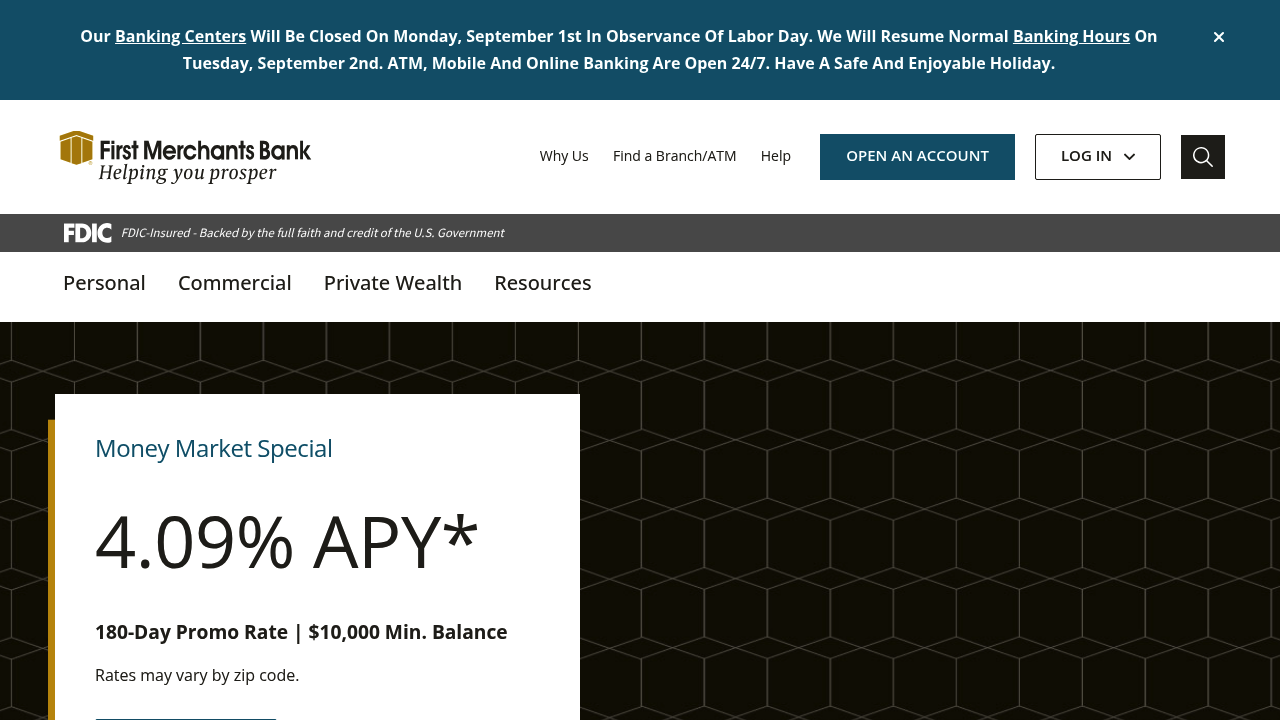
First Merchants Bank (IN)

 First Commonwealth Bank (PA)
First Commonwealth Bank (PA)
At First Commonwealth Bank, we put you first with personal banking, small business solutions, mortgages, insurance, wealth management and more. Get started now.
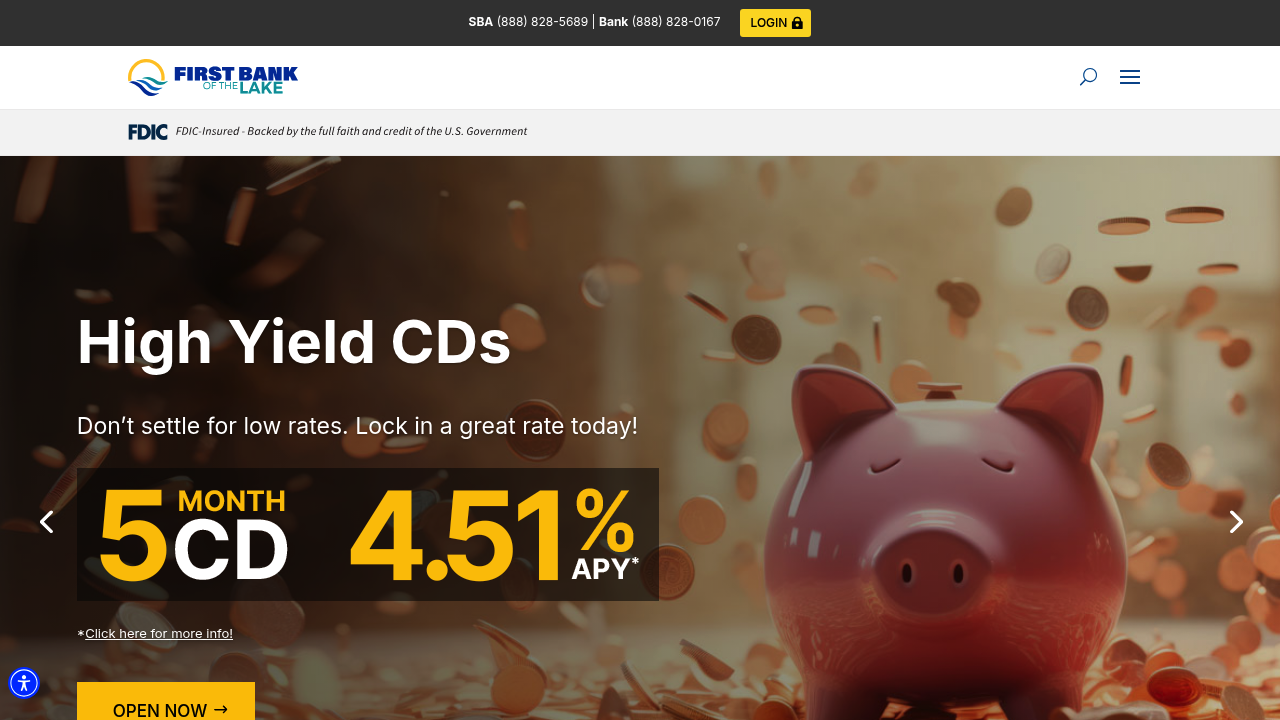
First Bank of the Lake (MO)
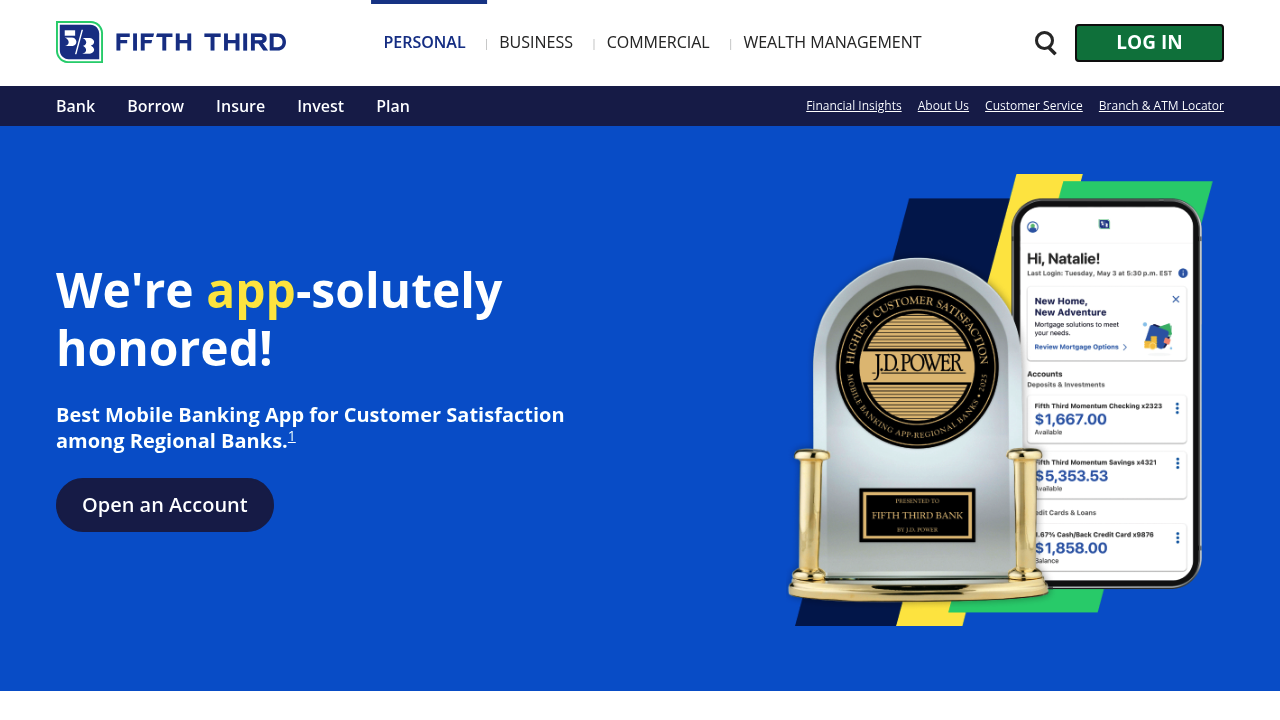
Fifth Third Bank (OH)
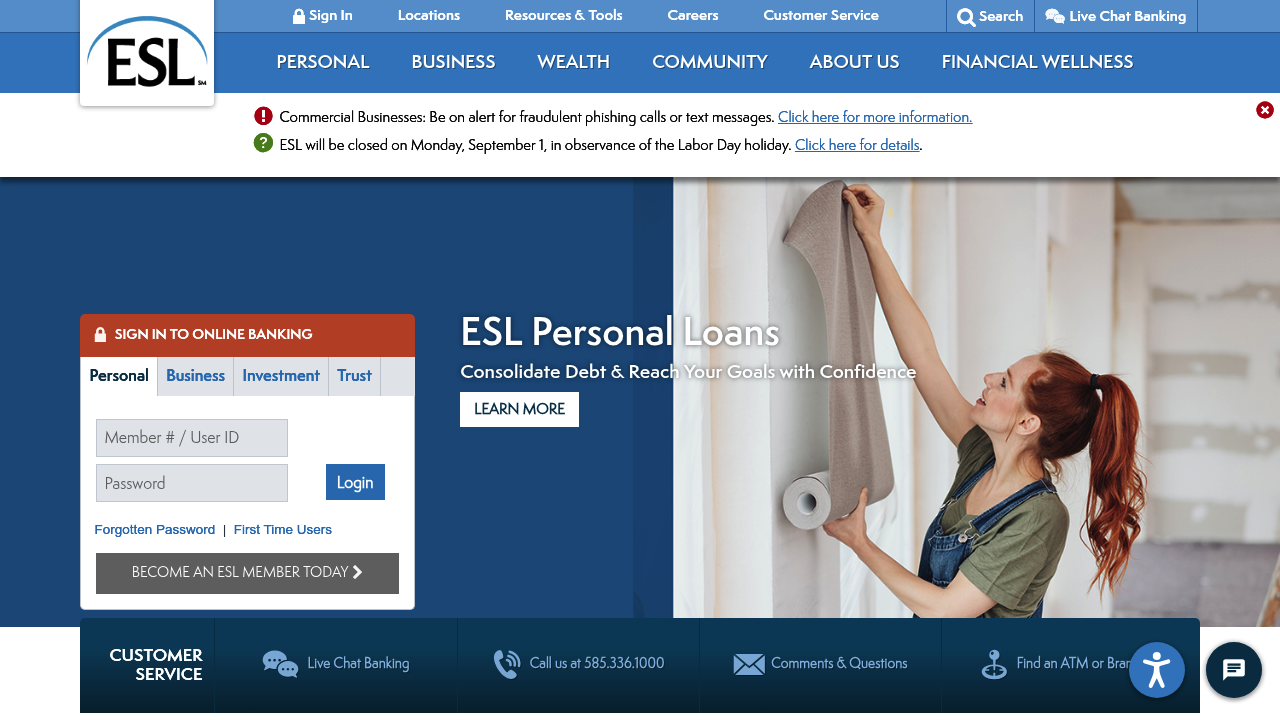
 ESL FCU (NY)
ESL FCU (NY)
With outstanding member service, ESL Federal Credit Union provides personal and business banking and wealth management services to the Rochester area.
SBA Loans for Fine Arts Schools: Financing Growth in Creative Education
Introduction
Fine arts schools provide specialized education in disciplines such as visual arts, music, theater, and dance. Classified under NAICS 611610 – Fine Arts Schools, this sector includes independent studios, community programs, and private academies dedicated to cultivating creativity and artistic expression. While demand for arts education remains strong, school owners face financial challenges such as facility expenses, payroll, marketing, and the purchase of instruments, supplies, and technology.
This is where SBA Loans for Fine Arts Schools provide vital support. Backed by the U.S. Small Business Administration, SBA loans offer affordable financing with lower down payments, longer repayment terms, and government-backed guarantees that reduce lender risk. These loans help arts schools manage cash flow, upgrade facilities, and expand student programs.
In this article, we’ll explore NAICS 611610, the financial challenges arts schools face, how SBA loans provide solutions, and answers to frequently asked questions from arts education entrepreneurs.
Industry Overview: NAICS 611610
Fine Arts Schools (NAICS 611610) specialize in providing non-degree arts instruction. Services typically include:
- Music lessons and instrument training
- Visual arts programs including painting, sculpture, and photography
- Dance classes for students of all ages
- Theater and performing arts training
- Community art workshops and after-school programs
The industry thrives on creativity and passion, but many schools operate on thin margins and depend on enrollment cycles for revenue stability.
Common Pain Points in Fine Arts School Financing
From Reddit’s r/ArtBusiness, r/Entrepreneur, and Quora discussions, owners of fine arts schools often mention these financial challenges:
- Facility Costs – Renting or maintaining studios, classrooms, and rehearsal spaces is costly.
- Equipment & Supplies – Instruments, art supplies, costumes, and stage equipment add up quickly.
- Payroll & Staffing – Hiring qualified teachers and administrative staff is a major expense.
- Marketing & Student Acquisition – Attracting new students requires advertising, websites, and community outreach.
- Seasonal Cash Flow – Enrollment cycles and summer slowdowns can create revenue gaps.
How SBA Loans Help Fine Arts Schools
SBA financing provides affordable, flexible capital that supports growth and sustainability for arts education institutions.
SBA 7(a) Loan
- Best for: Working capital, payroll, marketing, or refinancing debt.
- Loan size: Up to $5 million.
- Why it helps: Covers everyday expenses, supports advertising, and helps with student retention programs.
SBA 504 Loan
- Best for: Real estate and facility investments.
- Loan size: Up to $5.5 million.
- Why it helps: Ideal for purchasing or renovating classrooms, rehearsal studios, or performance spaces.
SBA Microloans
- Best for: Small or startup arts schools.
- Loan size: Up to $50,000.
- Why it helps: Useful for buying supplies, instruments, or launching a marketing campaign.
SBA Disaster Loans
- Best for: Schools impacted by natural disasters or economic downturns.
- Loan size: Up to $2 million.
- Why it helps: Provides recovery funds for facility repairs, equipment replacement, or lost tuition revenue.
Step-by-Step Guide to Getting an SBA Loan
- Check Eligibility – Must be a U.S.-based, for-profit school or arts business with good personal credit (typically 650+).
- Prepare Financial Documents – Tax returns, P&L statements, enrollment data, and payroll records.
- Find an SBA-Approved Lender – Some lenders specialize in education and service-based businesses.
- Submit Application – Provide a business plan with student growth goals, curriculum outlines, and marketing strategies.
- Underwriting & Approval – SBA guarantees reduce lender risk. Processing usually takes 30–90 days.
FAQ: SBA Loans for Fine Arts Schools
Why do banks often deny loans to fine arts schools?
Banks may view arts schools as risky due to seasonal cash flow and reliance on tuition revenue. SBA guarantees reduce this risk, making approval more likely.
Can SBA loans fund instruments, supplies, and costumes?
Yes. SBA 7(a) and 504 loans can finance instruments, art equipment, costumes, and classroom renovations.
What down payment is required?
SBA loans typically require 10–20% down, compared to 25–30% with conventional financing.
Are startup fine arts schools eligible?
Yes. Startups with qualified instructors, a clear business plan, and enrollment strategies can qualify for SBA financing.
What repayment terms are available?
- Working capital: Up to 7 years
- Equipment/facilities: Up to 10 years
- Real estate: Up to 25 years
Can SBA loans help expand into multiple locations?
Absolutely. Many schools use SBA loans to open additional studios, expand programs, or add new artistic disciplines.
Final Thoughts
The Fine Arts Schools sector plays an important role in fostering creativity and education but faces financial challenges due to equipment costs and seasonal cash flow. SBA Loans for Fine Arts Schools provide affordable, flexible capital that helps school owners improve facilities, attract students, and expand programs.
Whether you’re starting a new arts school, upgrading studios, or planning for expansion, SBA financing can provide the resources you need to succeed. Connect with an SBA-approved lender today and explore your options for funding growth in creative education.
Filters
Tags
#Preferred Lenders Program
#SBA Express Program
#Existing or more than 2 years old
#Startup
#Loan Funds will Open Business
#Change of Ownership
#New Business or 2 years or less
#7a General
#Variable Rates
#Fixed Rates
#Asset Base Working Capital Line (CAPLine)
#International Trade Loans
#Export Express
#7a with WCP
#Contract Loan Line of Credit (CAPLine)
#7a with EWCP
#Preferred Lenders with WCP
#Preferred Lenders with EWCP
#Seasonal Line of Credit (CAPLine)
